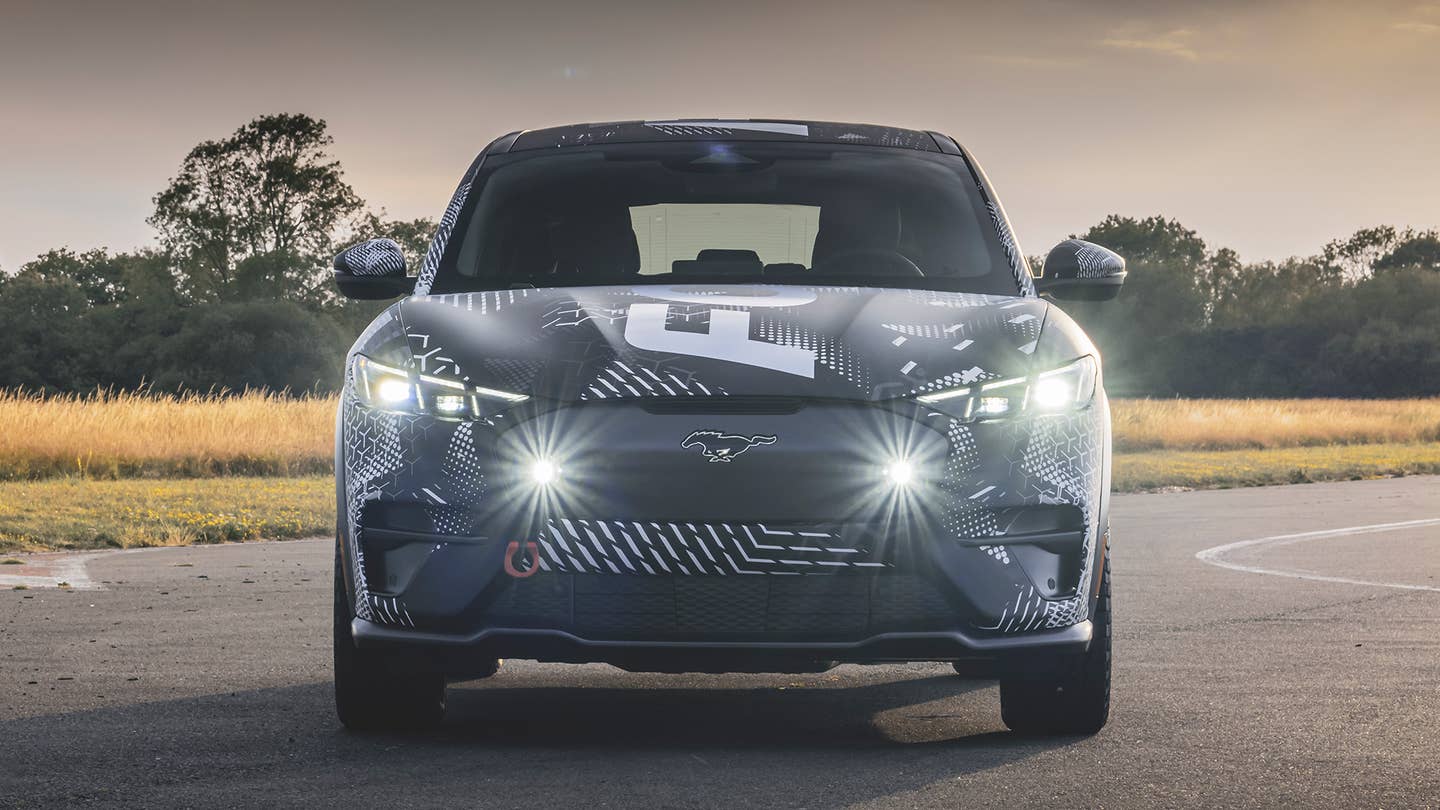Ford CEO Jim Farley describes it as an in-house startup that operates mostly separate from the rest of the company.

Alan Clarke was at Tesla for more than a decade before switching sides to Ford in 2022. He played a crucial role in getting the Model 3 to market, and that’s the type of success Farley hopes to recreate.
“We made a bet in silence two years ago,” Farley told investors during the call. “We developed a super-talented skunkworks team to create a low-cost EV platform. It was a small group, small team, some of the best EV engineers in the world, and it was separate from the Ford mothership. It was a startup.”
TechCrunch reports that the team consists of engineers from Auto Motive Power, an EV energy management specialist firm that Ford acquired in November 2023. They’re stationed in Irvine, California—not Dearborn—and AMP founder Anil Paryani is also a key part of Clarke’s team. Interestingly, Paryani and Clarke both worked at Tesla concurrently for about five years.
Ford’s cheapest EV right now is the base Mustang Mach-E Select, which starts at $44,795 before any incentives. The hope is to deliver a battery-powered car for significantly less than that so Ford can realistically challenge Tesla, whose RWD Model 3 begins at $40,380.
“All of our EV teams are ruthlessly focused on cost and efficiency in our EV products because the ultimate competition is going to be the affordable Tesla and the Chinese OEMs,” Farley said.
via Ford
This is all happening at the same time as Ford drastically cuts F-150 Lightning production. The electric pickup truck was once priced at $41,669—even lower than the Mustang Mach-E is now—though base pricing has fluctuated tremendously due to supplier costs and production hangups. While the entry-level F-150 Lightning Pro once climbed to $61,869, it’s now settled back down to $54,995. Demand isn’t what it was when the truck first hit the market and Ford is responding by decreasing manufacturing volume.
Ford desperately needs its “Model e” electric division to bolster profits as the company reported fourth-quarter losses of $526 million, compared to earnings of $1.3 billion over the same span in 2022. The automaker doesn’t blame that on EVs but rather on the reorganization of overseas operations and employee pension programs. Indeed, the Model e wing brought in $1.6 billion in revenue during Q4.
In a perfect world for Ford, a true mass-market EV would boost those numbers to the moon.
Got a tip or question for the author? Contact them directly: caleb@thedrive.com


